Dual Water Model
The dual water interpretation model sometimes used in the petrophysical analysis of shaly formations (Figure 1) assumes two distinctly different types of water within the formation’s pore spaces: clay-bound and free water (Figure 2).
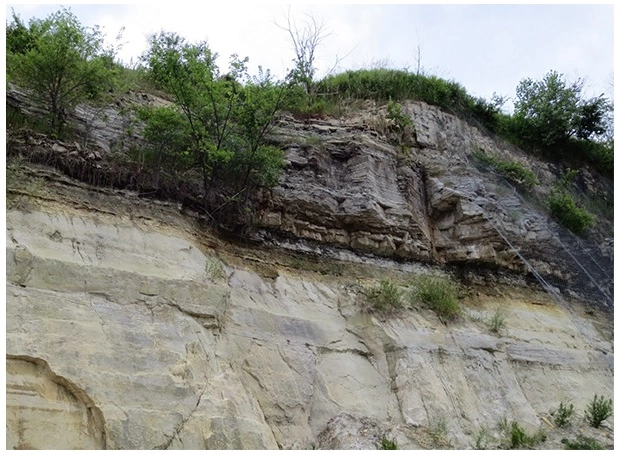
Close to the surface of the grains is found “near water” or “clay-bound water,” of resistivity RwB. Clay-bound water (Figure 2) is water within the clay lattice, or near the surface within the electrical double layer.
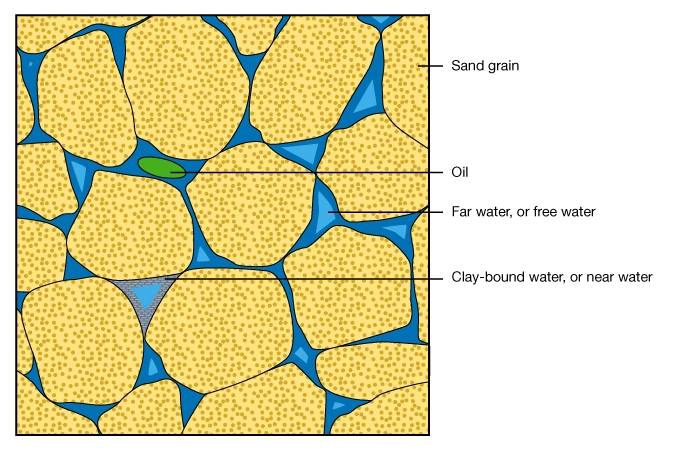
Figure 3 is a simplified sketch of the electrical double layer associated with the surface of clay minerals. Figure 4 illustrates the structure of illite, a common clay mineral found in the subsurface.
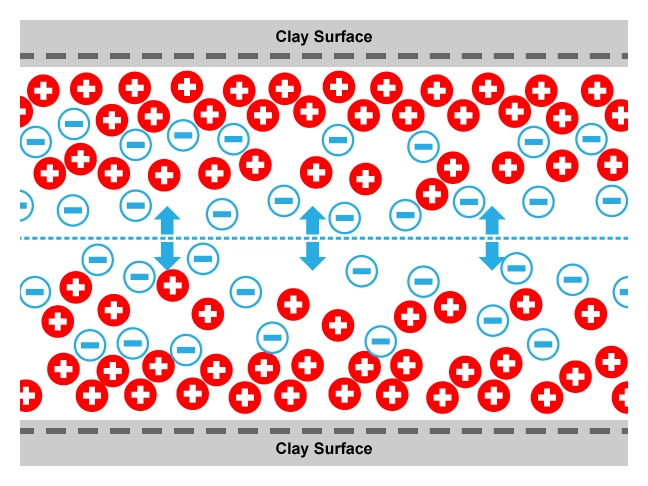
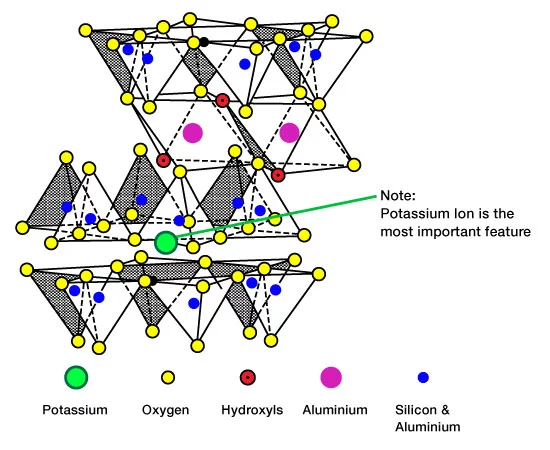
The clay-bound water does not move when fluid is flowed through the rock. Clay-bound water consists of clay counterions (Figure 5) and the associated water of hydration. This water is fresher, and thus more resistive, than the remaining water farther away from the grain surface.
The “far water” or “free water” of resistivity, RwF, is the normal formation water that occurs naturally within the pores of the rocks. This water is more saline, and thus less resistive, than the clay-bound water, and is free to move in the pores of the shaly formations.
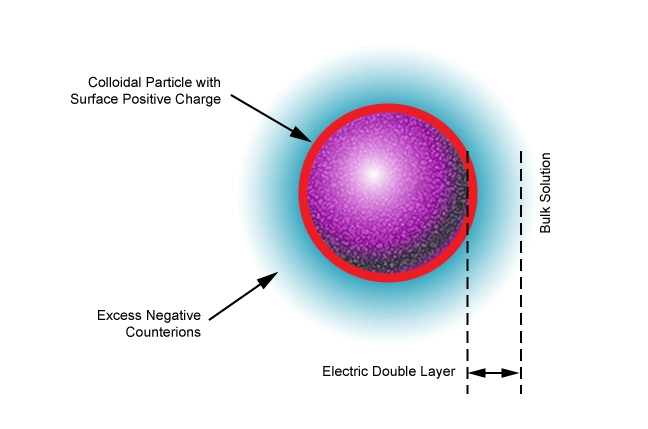
The dual water model implies that the amount of bound water is directly related to the clay content of the formation. Thus, as the clay volume increases, the portion of the total porosity occupied by bound water increases as illustrated schematically in Figure 6.
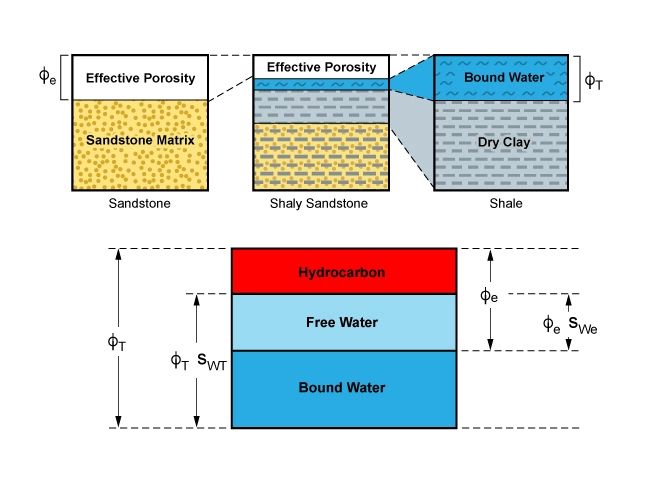
For a water-bearing shaly sandstone, the dual water model proposes a bulk volume of bound water, ϕT×SwB, and a bulk volume of free water, ϕT×Swe, where ϕT is a total porosity. The resistivity model for this mixture of waters requires that the effective mixed water resistivity, Rfluid mixture, is expressed by the equation:
![]()
Thus:
![]()
In hydrocarbon-bearing sections, the dual water model proposes a bulk volume of bound water, ϕT⋅SwB, a bulk volume of hydrocarbon, ϕT⋅(1−SwT), and a bulk volume of free water, ϕe⋅Swe. The total conductivity of such a system, after taking into account both the clay and the hydrocarbon, leads to the relationship:
![]()
Where:
CwB= the conductivity of the bound water
(VQ×QV)= the effective product of the amount of clay water and its ability to conduct
Fo= total interconnected porosity
In practice, ϕT is usually taken as the porosity from the neutron porosity versus density crossplot (Figure 7), RwF is considered equal to a conventional formation water resistivity, Rw, and RwB is estimated from resistivity log readings in neighboring shales, making this method somewhat empirical. The density-neutron crossplot template shown is specific to Schlumberger’s 8.25-inch LWD azimuthal density-neutron tool. The appropriate, but very similar, crossplot templates should be used for other density and neutron porosity tools.
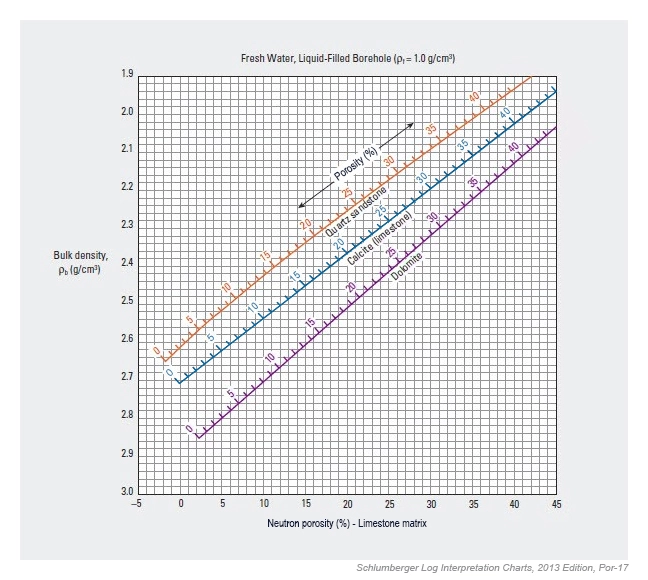
 Petro Shine The Place for Oil and Gas Professionals.
Petro Shine The Place for Oil and Gas Professionals.



